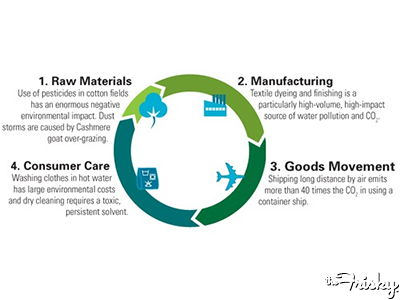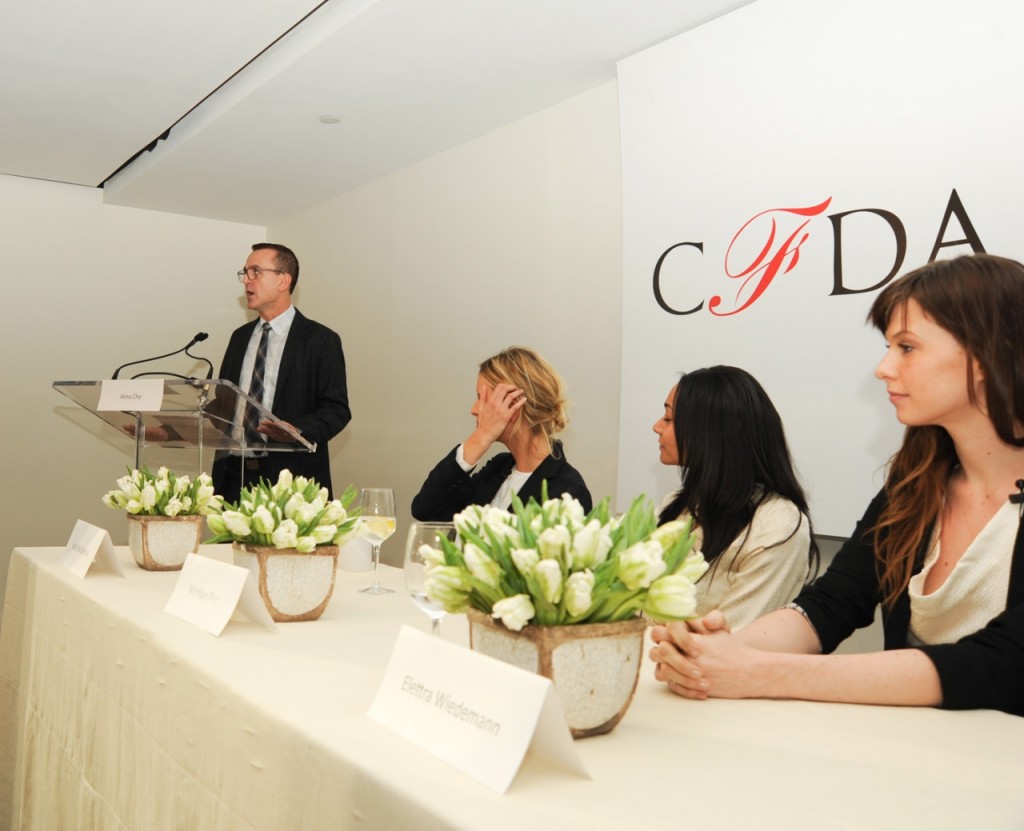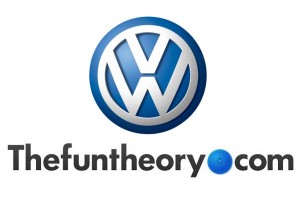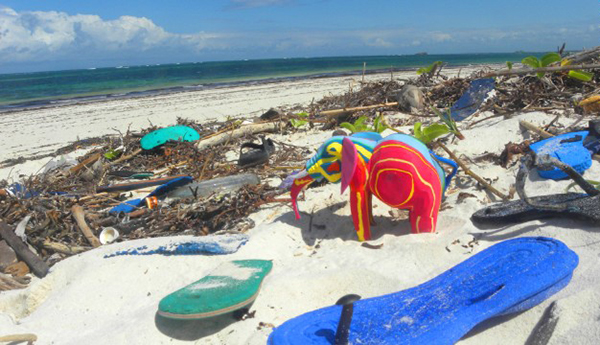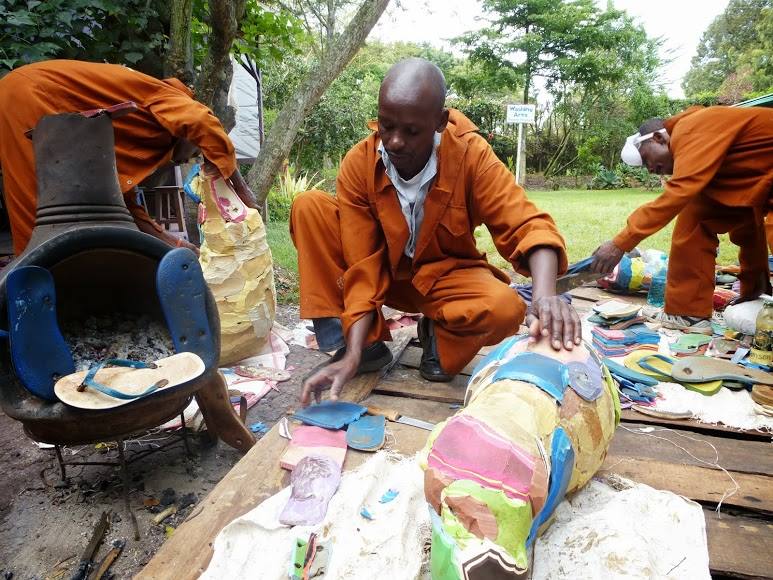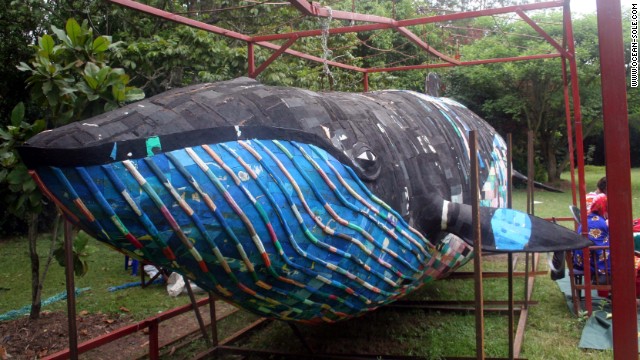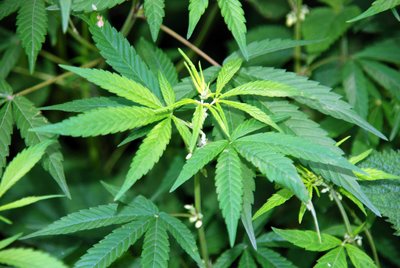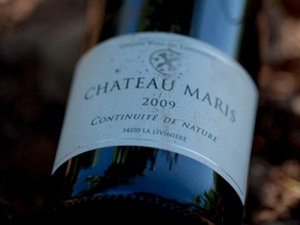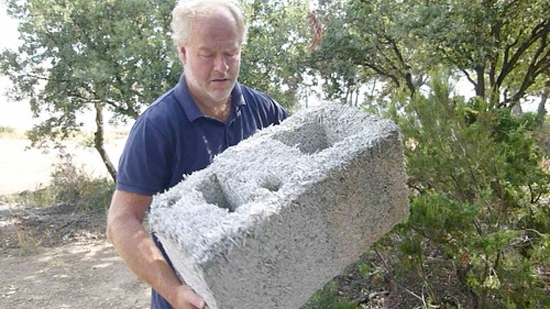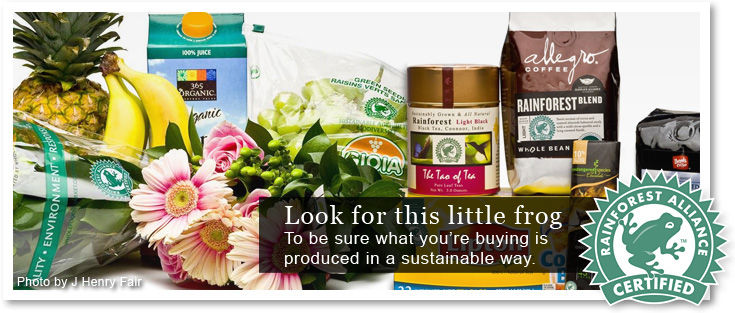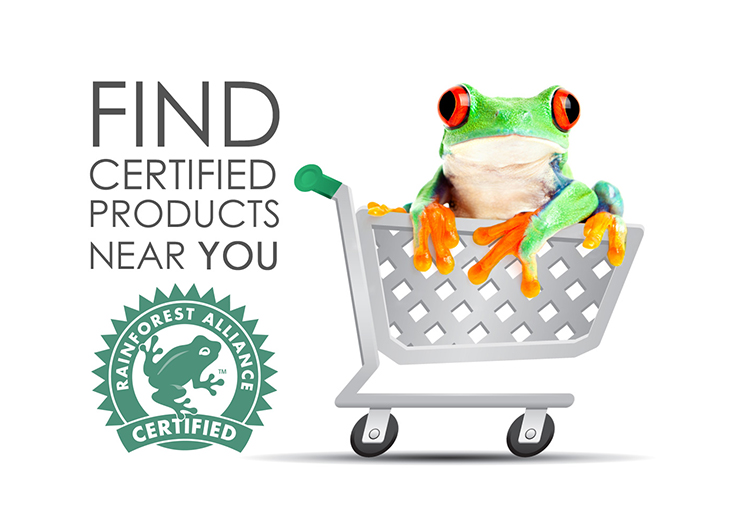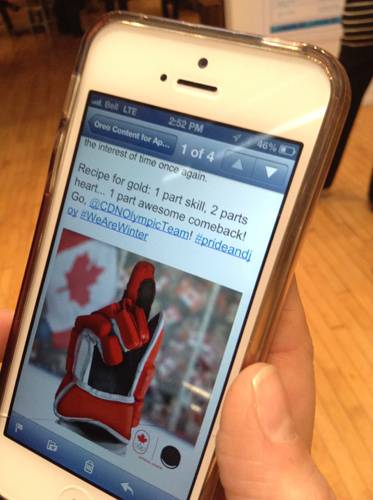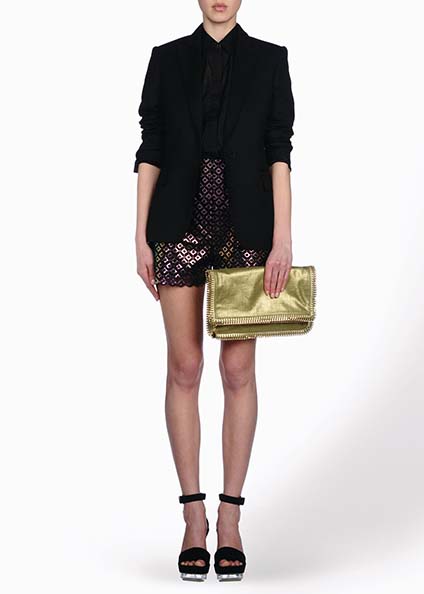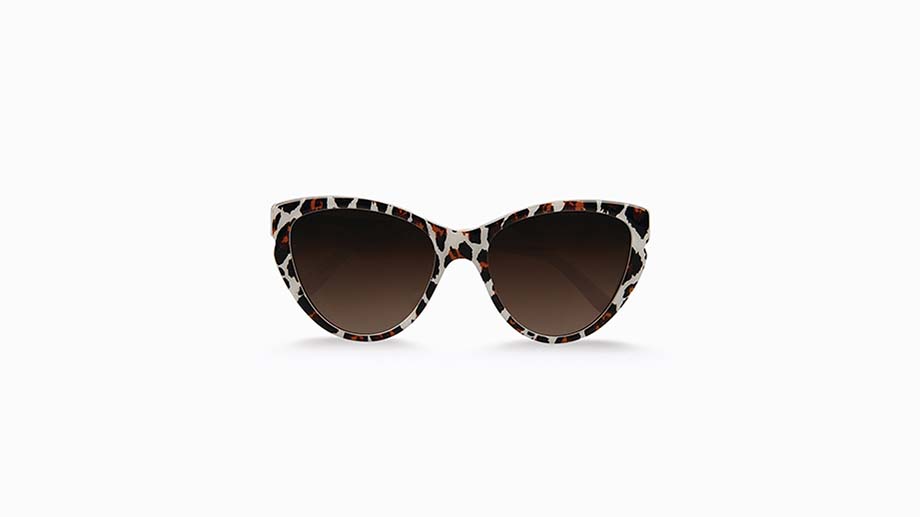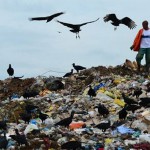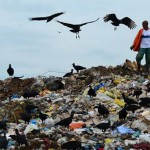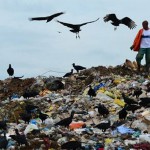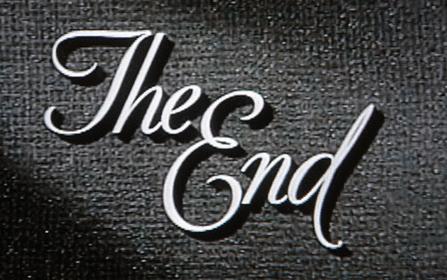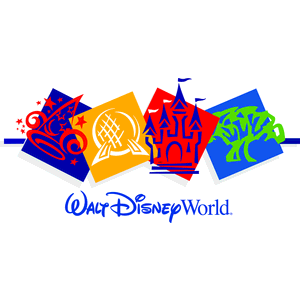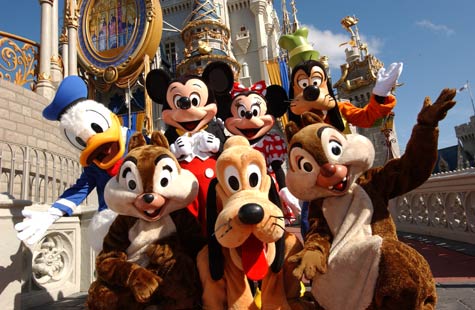As the Fashion Industry continues to grow around the world, the Fashion’s Carbon Footprint grows with it. The Fast Fashion industry has been a big contributor of the increase in carbon emissions as low quality and careless products are being manufactured with very low concern in environmental and ethical repercussions.
As a result, the Council of Fashion Designers of America (CFDA) in association with Vogue started a new green venture, Clean by Design, where they partnered up with the National Resources Defense Counsel. In 2012, they launched their initiative involving green experts in the subject to contribute and talk about the fashion’s world current damage to the environment. Issues like China’s intoxicated rivers with dyes, and immense waste of water during manufacturing processes were one of the key factors that drove this initiative to develop in the first place.
“It takes over 200 tons of water just to produce one single ton of fabric, a figure that’s much more alarming when you consider that our demand for clean, safe drinking water is set to double over the next forty years,” experts hired for the initiative explained.
There are not just environmental issues that arise from the fashion industry, but ethical ones as well. For this initiative, Linda Greer, the director of the NRDC’s health and environment program, travel to Asia to get a closer look at the fashion’s outsource manufacturing processes.
“What we found when we got there,” Greer said, “was that the standard of operation of many, if not most, factories was far below global standards and desperately needed to improve … The era of operating without knowledge of your factories abroad is ending, and the curtain is rising above the sorts of problems and aspirations that we have abroad. It’s really time to get moving and not just figure that ‘It’s halfway around the world and nobody will ever know.’”
It is sad to see the lack of transparency from many fashion corporations and find out of all the damages they are contributing to the world. However, it is definitely nice to see that such powerful associations and corporations like the CFDA and Vogue are working in alliance with the National Resources Defense Counsel to change the future of the Fashion industry. The world cannot afford to continue to manufacture and produce they way it has been doing for the past years and it time to start changing that.
Clean by Design has already gained support from some of the fashion industry’s biggest players including Tory Burch, Mickey Drexler, Zac Posen, Francisco Costa, and the outstanding Anna Wintour and Diane von Furstenberg.
As you all probably already know, I am a big fan of the fashion industry and I am a huge advocator of the environment and a sustainability believer and supporter. Unfortunately many people today still believe that these two areas clash with each other, but I couldn’t disagree more! Even though there are already many initiatives of this sort, there is still so much to be done and I look forward to taking part in that change!
http://www.thefrisky.com/2012-04-21/cfda-and-vogue-launch-a-new-green-initiative-to-curb-fashions-carbon-footprint/
http://fashionista.com/2012/04/cfda-vogue-launch-new-green-initiative-find-most-factories-far-below-global-standards/

